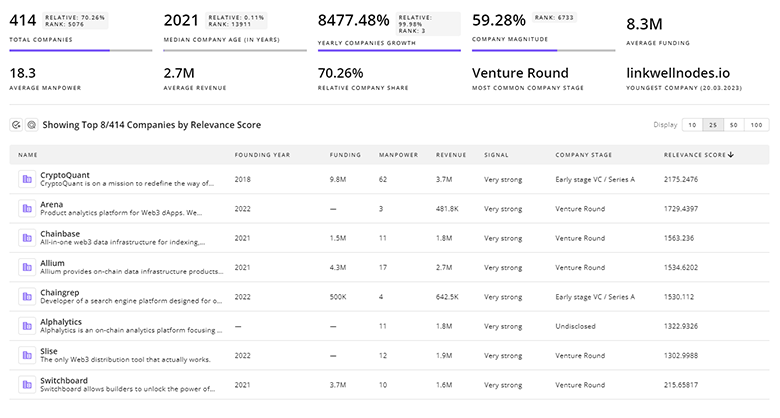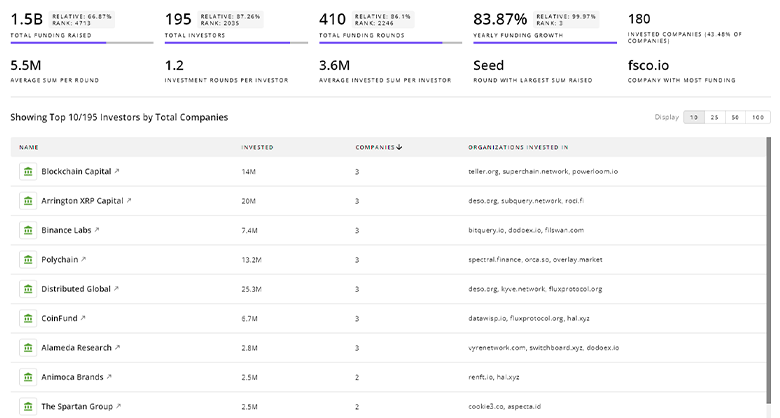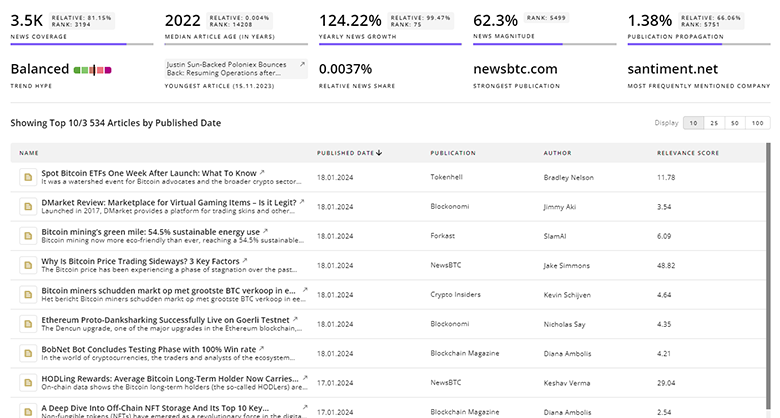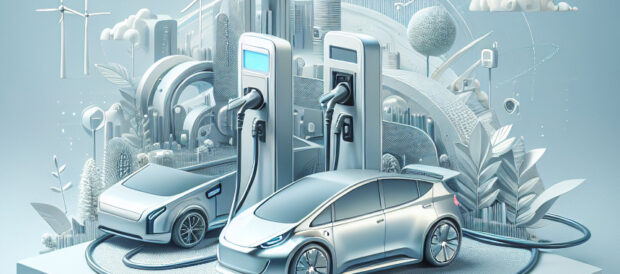
Sustainable Transportation Report
: Analysis on the Market, Trends, and TechnologiesThe sustainable transportation market is already sizeable and poised for rapid expansion: internal data places the sustainable mobility market at USD 36.0 billion in 2023 with a projected CAGR of 20% and a 2033 forecast of USD 222.9 billion, signaling a clear commercial opportunity for electrification, digital orchestration, and localized logistics solutions. Key drivers include fleet electrification, data-driven routing and asset utilization, and policy momentum supporting low-carbon public fleets and last-mile decarbonization; external market studies corroborate strong growth and large addressable segments in smart transportation and green logistics. The commercial imperative: providers that combine hardware (EVs, charging/swapping, micro-cargo vehicles), software (MaaS, fleet AI, traffic-signal integration), and aligned public-policy execution will capture the largest, defensible share as cities and fleets migrate from pilot projects to procurement and scale.
Today, we last updated this report. Notice something that’s not right? Let’s fix it together.
Topic Dominance Index of Sustainable Transportation
To gauge the influence of Sustainable Transportation within the technological landscape, the Dominance Index analyzes trends from published articles, newly established companies, and global search activity
Key Activities and Applications
- Electrified commercial and public fleets — fleet replacements and new electric bus/eLCV procurement for municipal and logistics operators; this is the dominant decarbonization use case for city and corporate buyers (Switch Mobility).
- Micromobility and first/last-mile platforms — shared e-bikes, e-scooters and light cargo bikes used to replace short car trips and solve last-mile deliveries in dense cores (HelloRide).
- Data-driven transit optimization & MaaS integration — demand-responsive microtransit, Transit Signal Priority and multimodal trip-planning to increase public transit efficiency and reduce vehicle miles traveled (SkedGo | Certified B Corp™).
- Decarbonized urban logistics — modular small EVs, cargo bikes, and micro-hubs to eliminate diesel vans in dense areas and reduce curb congestion.
- Charging and energy integration — smart charging platforms, battery swap networks and on-road/inductive charging pilots to support high-utilization fleets and curb grid impacts (PlugFlare).
Emergent Trends and Core Insights
- Platform consolidation plus niche specialization — mobility platform providers (MaaS, microtransit) scale through network effects while specialized hardware and last-mile players coalesce around platform APIs and procurement partnerships; this bifurcation shapes partner strategies (Smart Commute Market Research Report).
- Electrification as procurement reality — cities and large fleet operators prioritize EVs for transit and delivery fleets; procurement-led adoption (public fleets, municipal bus programs) reduces customer acquisition friction for manufacturers (How Biden Plans to Decarbonize TransportationSustainable Mobility Solutions Market).
- Data monetization and network intelligence — traffic signal data, travel-pattern analytics, and real-time vehicle telemetry move from operational tools to commercial assets that improve routing, reduce emissions and create new revenue streams for analytics providers (LYT).
- Hydrogen and SAF as complementary decarbonization vectors — hydrogen and sustainable aviation fuels address heavy-duty and aviation segments where batteries remain constrained; market analyses forecast growing investment though timelines differ by region.
- Policy and infrastructure alignment determine winners — accelerated procurement, targeted grants for buses/charging, and local micromobility regulation materially influence scale timelines; consumer adoption follows when convenience, cost and safety align.
Technologies and Methodologies
- AI/ML fleet optimization and demand prediction — dynamic matching, surge management, and predictive maintenance lower operating cost per vehicle and improve asset utilization (Via).
- Connected-infrastructure integration (signal-to-vehicle and TSP) — non-intrusive traffic-signal feeds and cloud platforms enable measurable fuel and time savings for fleets and public transit (Connected Signals / StreetLight integrationsStreetLight).
- Battery strategies: swappable packs, second-life and BaaS — battery swapping for two-/three-wheel fleets, BaaS financing for operators, and second-life reuse into stationary storage reduce TCO and accelerate fleet electrification (Lanka e-Mobility Solutions (Pvt) Ltd).
- In-road conductive and opportunity charging — conductive rails and in-road charging pilots extend range and uptime for high-utilization commercial fleets and could reshape TCO for last-mile vehicles (Elonroad).
- Lightweight bio-composites, modular microfactory production — local microfactories and bio-composite vehicle bodies reduce embodied carbon, cut supply-chain exposure and enable rapid regional customization for last-mile platforms (smart-manufacturing trendlines in mobility markets (Smart Transportation: Technologies and Markets)).
Sustainable Transportation Funding
A total of 1.0K Sustainable Transportation companies have received funding.
Overall, Sustainable Transportation companies have raised $147.9B.
Companies within the Sustainable Transportation domain have secured capital from 3.9K funding rounds.
The chart shows the funding trendline of Sustainable Transportation companies over the last 5 years
Sustainable Transportation Companies
- Fernhay Solutions — Builds zero-emission eCargo bikes and modular cargo containers for high-density urban deliveries. Fernhay focuses on operational reliability and payload integration that lets logistics operators replace vans on tight city streets; the product suite emphasizes scaleability for commercial contracts and partnerships with urban delivery services.
- CityFreighter - Clean Urban Logistics Solutions — Develops light-duty, modular electric trucks and system integrations tailored to fleet workflows. CityFreighter's modular approach targets fleet operators who need customization and smoother interop with existing supply-chain systems, reducing friction in electrifying urban logistics.
- Oberon Electrodynamics — Designs the CUE modular micro-EV and roaming micro-hubs that combine hot-swap batteries with biodegradable bio-composite bodies; the architecture targets last-mile operators that require fast turnaround and low capital exposure via micro-factory production.
- Drop Mobility — Offers vertically integrated city-branded micromobility systems (e-bikes, trikes, scooters) together with software and ops support to enable local operators to run tailored sharing networks; their model reduces dependence on centralized platform operators while enabling municipal partnerships.
- Riding Sunbeams — Pioneers direct-wire renewable supply to electrified rail traction, enabling line-side solar and storage to feed trains. Their model decouples traction supply from grid carbon intensity and supports rail operators seeking low-cost, low-carbon traction energy procurement.
Get detailed analytics and profiles on 5.6K companies driving change in Sustainable Transportation, enabling you to make informed strategic decisions.

5.6K Sustainable Transportation Companies
Discover Sustainable Transportation Companies, their Funding, Manpower, Revenues, Stages, and much more
Sustainable Transportation Investors
TrendFeedr’s Investors tool provides an extensive overview of 3.9K Sustainable Transportation investors and their activities. By analyzing funding rounds and market trends, this tool equips you with the knowledge to make strategic investment decisions in the Sustainable Transportation sector.

3.9K Sustainable Transportation Investors
Discover Sustainable Transportation Investors, Funding Rounds, Invested Amounts, and Funding Growth
Sustainable Transportation News
Explore the evolution and current state of Sustainable Transportation with TrendFeedr’s News feature. Access 17.8K Sustainable Transportation articles that provide comprehensive insights into market trends and technological advancements.

17.8K Sustainable Transportation News Articles
Discover Latest Sustainable Transportation Articles, News Magnitude, Publication Propagation, Yearly Growth, and Strongest Publications
Executive Summary
Sustainable transportation is transitioning from isolated pilots to systemic deployment. The internal market projection (USD 36.0 billion in 2023, 20% CAGR to a projected USD 222.9 billion by 2033) frames a near-term commercial horizon where electrification, software orchestration, and infrastructure alignment converge to create durable business models. The winners will integrate across the stack—vehicle hardware, charging/energy services, and AI-driven operations—or establish indispensable niche capabilities that platform providers must embed. Public procurement and regulatory clarity remain the accelerant: where cities and states fund fleet electrification, charging networks and data interoperability, adoption accelerates; where policy lags, TCO and consumer convenience slow conversion. Companies and investors should prioritize interoperable APIs, scalable battery strategies, and municipal procurement channels to convert technological promise into large, defendable market positions.
We're looking to collaborate with knowledgeable insiders to enhance our analysis of trends and tech. Join us!













